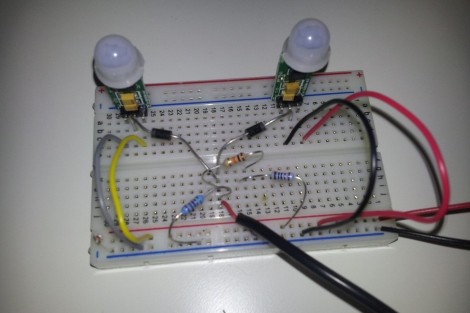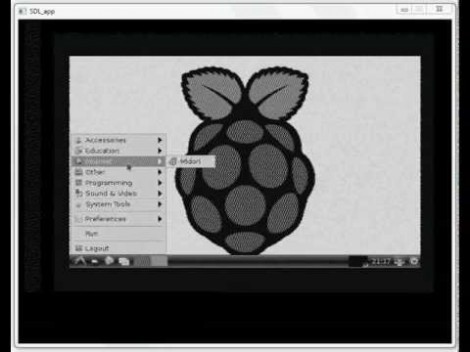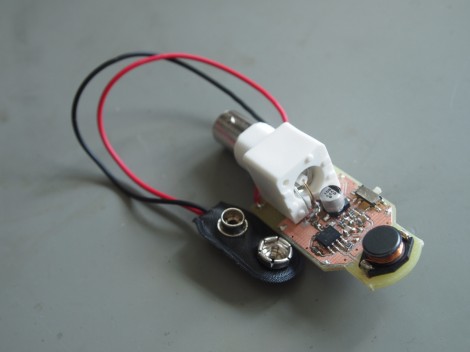
Motion sensing can be quite effective when taking photographs of wildlife. But how can one be sure that the motion was at the center of the frame? A PIR sensor picks up motion in its entire viewing range. It’s not really something that can be aimed. But if you use two PIR sensors you can monitor a focused area for motion.
The trick is to use a logic circuit. By building an AND gate you can trigger based on motion in the area which is overlapped by both of the sensors. In this case the AND gate is built from a voltage divider. The outputs of the PIR sensors are connected above and below the divider’s connection to the photo trigger. Both have a protection diode, and the divider is tuned so that both PIR outputs must come one in order to raise the trigger input above the voltage threshold. So much for never crossing the streams.
[via TriggerTrap]





















